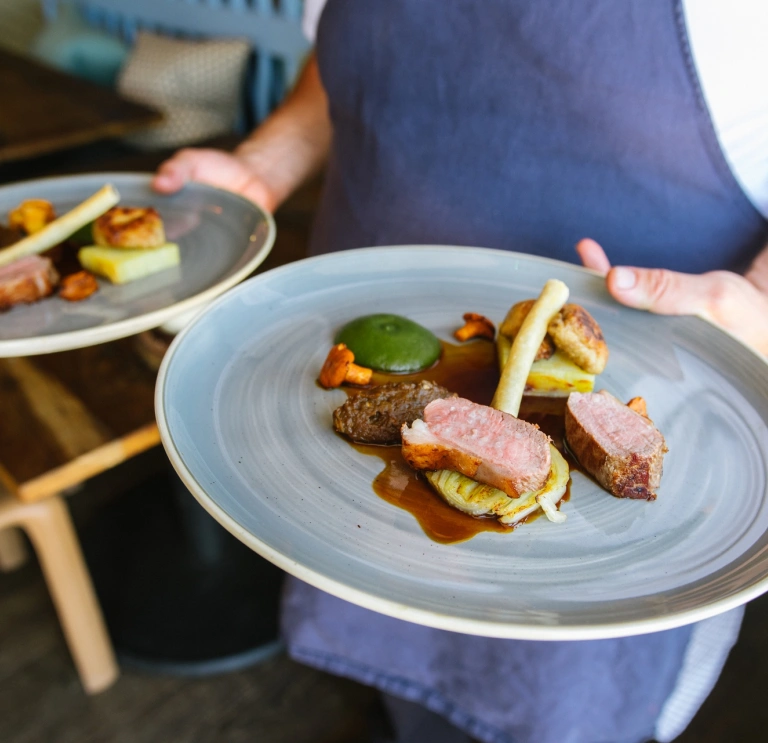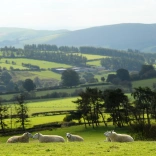Hearty, resourceful and delicious: three things every Welsh dish historically needed to be at a time where great swathes of the country’s workforce spent long, taxing days down the mines or out in the fields.
And even today, these three core ingredients remain central to some of the nation’s best-loved dishes, which, after being passed down through generations, have made the jump from the family kitchen to the menus of Welsh pubs and restaurants.
Some delicacies, like Caerphilly cheese and Glamorgan sausages, have become popular in eateries beyond the border, but many dishes can be found only during a visit to Wales. Whether you’re looking to try a traditional miner’s dessert (teisin lap) or so-called Welshman’s caviar (laverbread), these are some of Wales’ essential eats.
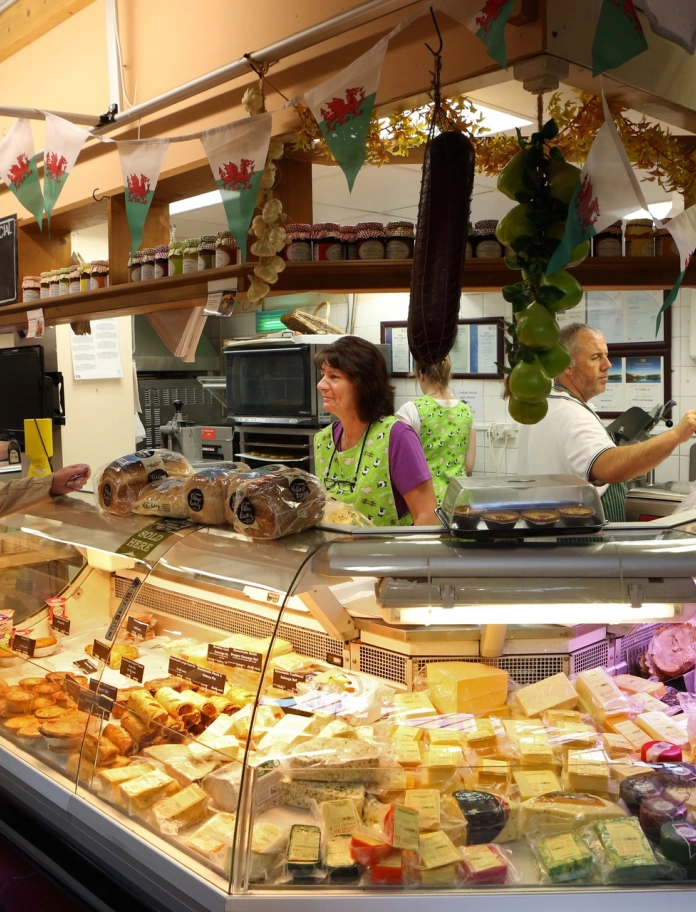
Cawl
Dating back to the 14th century, cawl, also known as ‘lobscows’ in areas of North Wales, is a hearty stew of lamb and seasonal vegetables that is considered to be the national dish of Wales. Usually accompanied by slabs of fresh bread, it’s the perfect meal to warm up during a frosty Welsh winter.
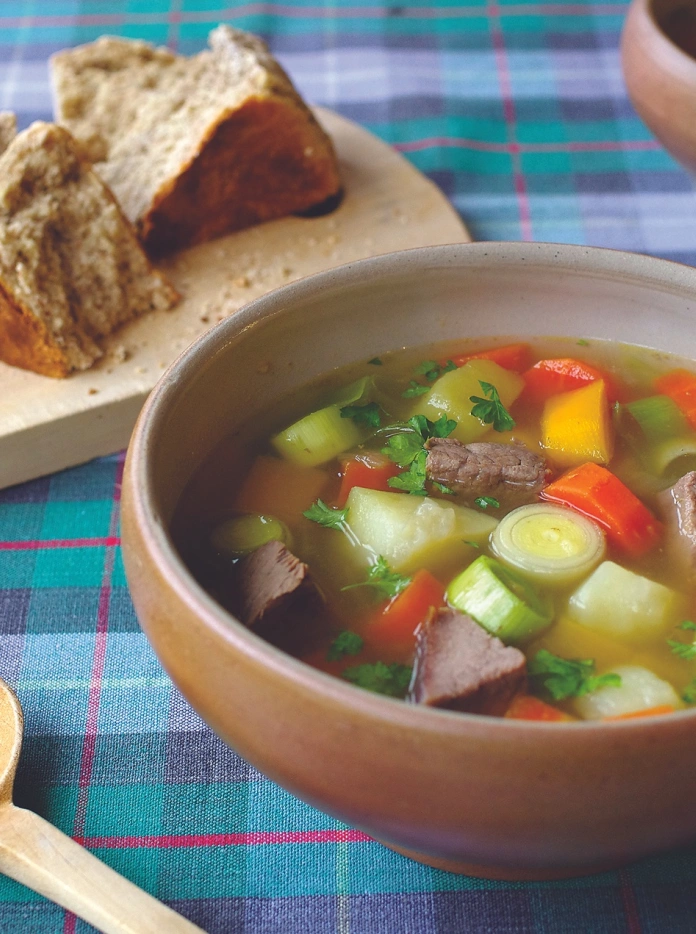
Welsh rarebit
No one really knows how Welsh rarebit got its unusual name – though it’s thought it was originally meant as a jibe by the English suggesting Welsh people couldn’t afford to eat actual rabbit, and so had to eat cheese instead (hilarious!). What’s certain, however, is how good it tastes: Welsh cheese, usually mixed with mustard (and sometimes beer!), is slathered over toasted bread to create the ultimate Welsh comfort food.
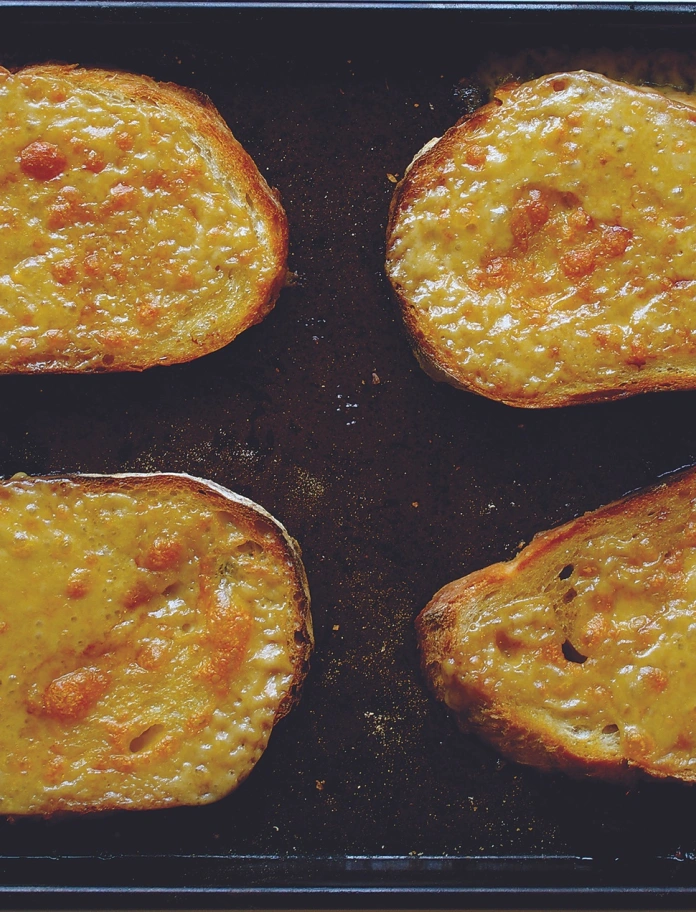
Cockles
Cockles have been eaten in Wales for generations: harvested with a rake on the sands of Gower, and transported, via donkey, to the markets of Swansea. Though the donkeys have long gone, the rest of the process has stood the test of time, and these small, shelled molluscs (not too dissimilar to mussels) remain a popular purchase in the market stalls – best enjoyed as part of a ‘traditional Welsh breakfast’ or in a pot as a snack, with a dash of vinegar.
Glamorgan sausage
One of the Welsh culinary innovations that has successfully made the jump across the border, these vegetarian ‘sausages’ consist of cheese and leeks wrapped in breadcrumbs. They were first sold in the Welsh county of Glamorgan, and became popular when meat was scarce during the Second World War. Today, Glamorgan sausages can be found in supermarkets and restaurants throughout the UK.
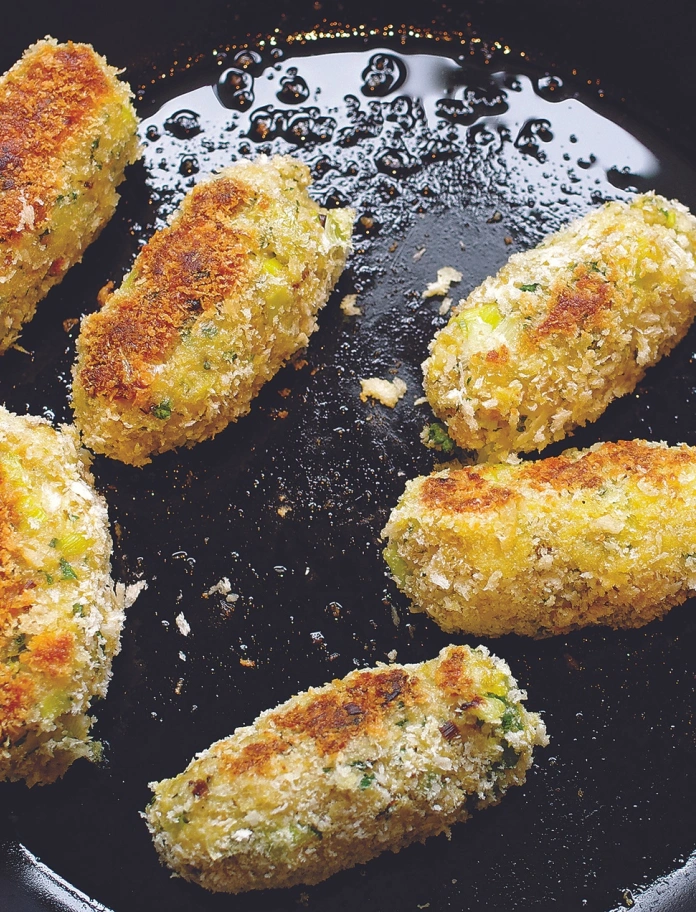
Aberffraw biscuit
Vying for the coveted title of the UK’s oldest biscuit, the Aberffraw is a buttery shortbread that’s thought to have originated from the small village of the same name on the island of Anglesey during the 13th century. How the biscuit got its distinctive scallop-shell shape, however, is more of a mystery, though a possible link to the Camino de Santiago (Way of St James) pilgrimage – which uses the scallop shell image as a way marker – has led to the biscuits also being known as ‘James cakes’.
Bara brith
The ultimate Welsh pick-me-up is a slice of bara brith smothered in butter. The tea-infused bread, sprinkled with dried fruit, dates back to the 19th century and still holds pride of place on the counter of cafes and coffee shops throughout Wales.
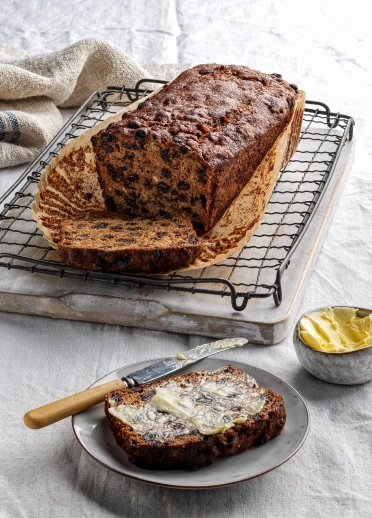
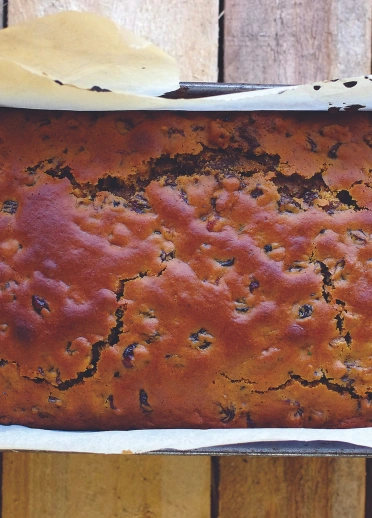
Faggots
Though thought to have been first eaten in the west of England, faggots became a staple meal in South Wales in the 19th century, due to the dish being inexpensive to make and very filling when eaten. This dish was often taken to work (encased in a tin lunch box) by miners, as they provided vital nourishment for the strenuous work of mining. The large meatballs, made from minced offal (usually liver), and usually served with mash potato and gravy, remains a permanent fixture on Welsh pub menus today.
Welsh cakes
Perhaps the best-loved of all Welsh treats, these small, circular cakes are dusted in sugar and provide the perfect accompaniment to a hot cup of tea. Traditionally cooked on a bakestone, Welsh cakes can also contain sultanas and chocolate chips for a sweeter twist on the original recipe.
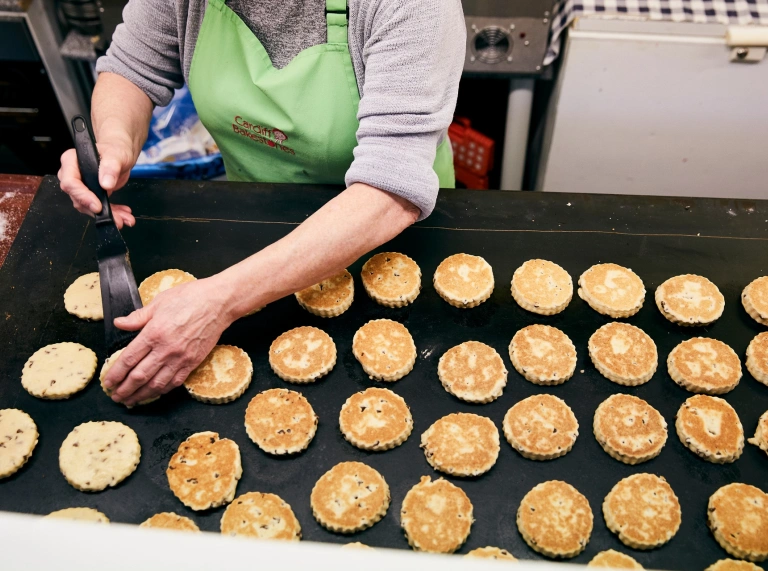
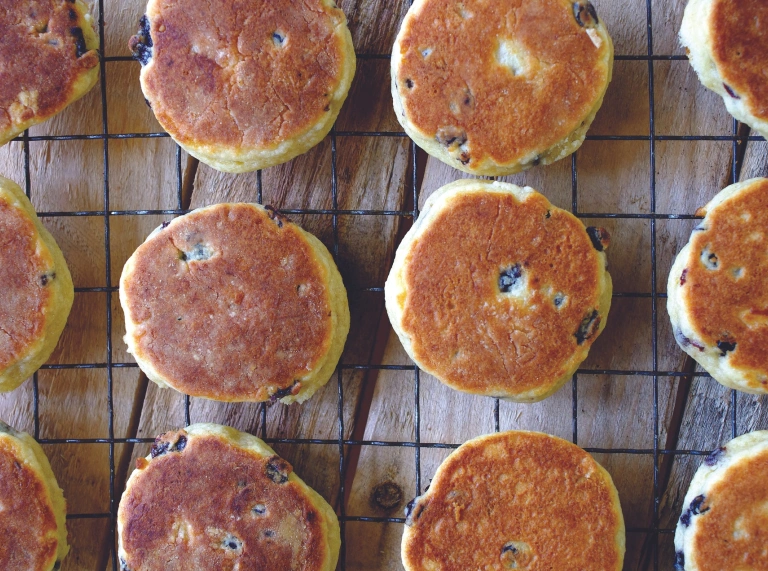
Laverbread
Weird and wonderful laverbread is probably Wales’ most acquired taste. The delicacy is made from boiled seaweed, which tends to be mixed with oats and then fried, giving it the texture of a thick paste. Known colloquially as ‘Welshman’s Caviar’, it has been eaten in Wales since the 17th century and is particularly good as part of a cooked breakfast alongside bacon and egg.
Mussels from the Menai
Almost half of the UKs mussels come from the Menai Strait, the narrow but fierce funnel of water separating the north coast of Wales and the Isle of Anglesey, and are prized for their sweet flavour and large size. Many restaurants around the strait serve up steaming bowls of the scrumptious shellfish, which have been plucked fresh from the sea that day.
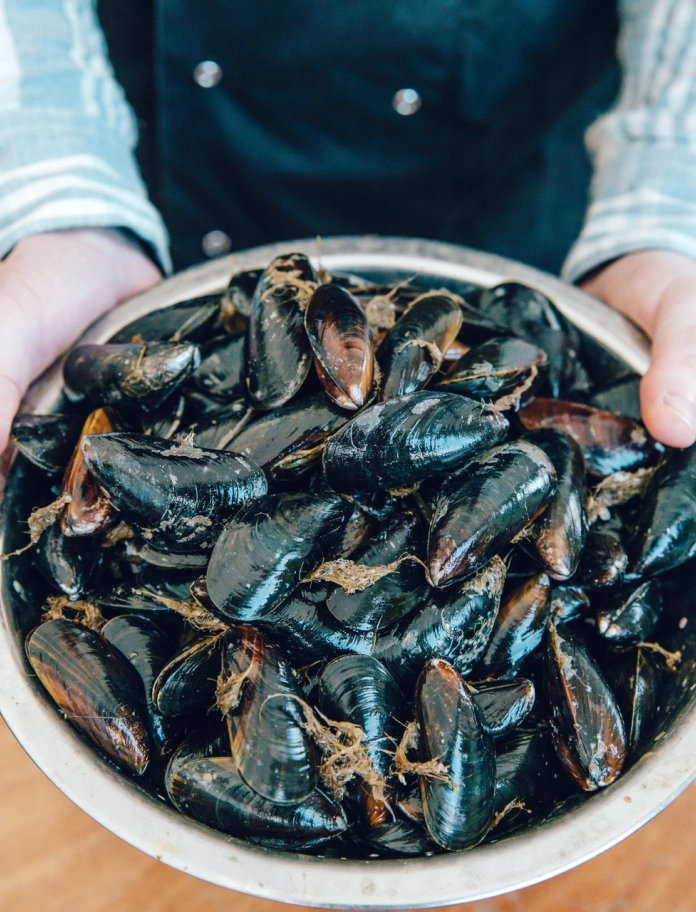
Caerphilly cheese
The Welsh town of Caerphilly’s namesake cheese is sold today throughout the UK, but for a taste of the real thing, you have to come to Wales. The mass-produced version of the cheese, made in English factories, is dry and crumbly, while the original 19th century iteration is moist and oh-so-creamy. Though production of Caerphilly almost completely disappeared in Wales, a growing number of artisan cheesemakers have ensured that this most Welsh of all cheeses lives on in its original form.
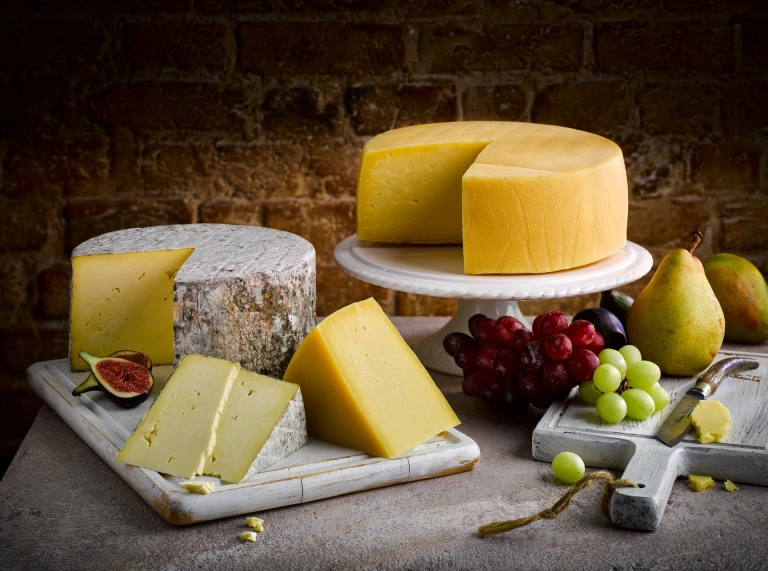
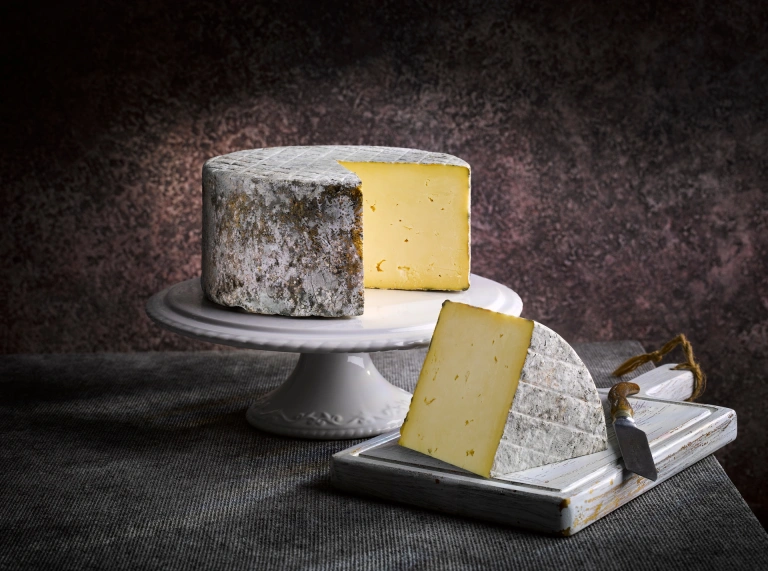
Oggies
The Welsh answer to the Cornish pasty, oggies are a savoury pastry, usually filled with the quintessential Welsh ingredients of lamb and leek. Once a mainstay lunch for miners, who could eat them easily without the use of cutlery, oggies are now sold in cafes around the country, including the restaurant on the summit of Snowdon.
Welsh lamb
With three sheep for every one person in Wales, lamb is a mainstay on restaurant menus and market stalls around the country. It is renowned for its quality and taste, receiving Protected Geographical Indication (PGI) status – as an acknowledgement of the high standards with which it is produced – from the European Commission in 2003.
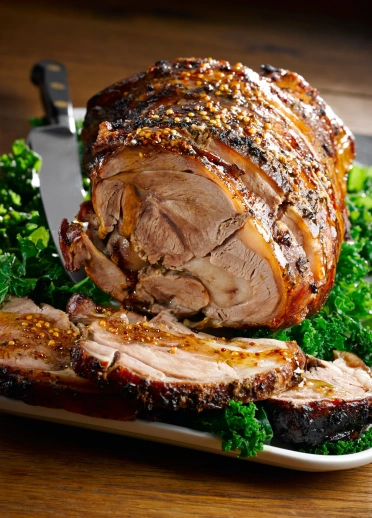
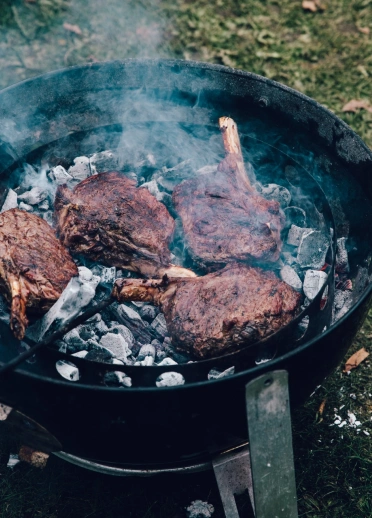
Teisen lap
Another Welsh food created in response to a life spent working underground, teisen lap was the coal miner’s dessert of choice. The large cake, conventionally baked on a plate, has a moist consistency that meant it did not crumble in a lunchbox. The fact it is also very tasty probably added to its appeal among hard-working miners, and has also ensured the cake’s enduring popularity.
Crempogau
A cousin of the French crepe, but smaller and thicker in stature, crempogau are Welsh pancakes, best served stacked in a pile and generously smothered in syrup or honey. Crempogau are traditionally eaten on Shrove Tuesday (‘Pancake Day’), preluding the Christian fasting period of Lent, but are enjoyed year-round in Wales as a sweet treat.

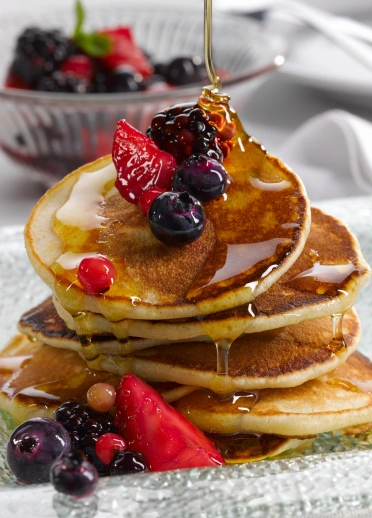
Tatws pum munud
Many a Welsh child was raised on a regular bowl of warming, nutritious tatws pum munud. The bacon, potato and vegetable broth has stood the test of time in the family home due to being both affordable and relatively simple to make, with the dish translating to English as ‘five-minute potatoes’, owing to the speed at which it can be whipped up.
